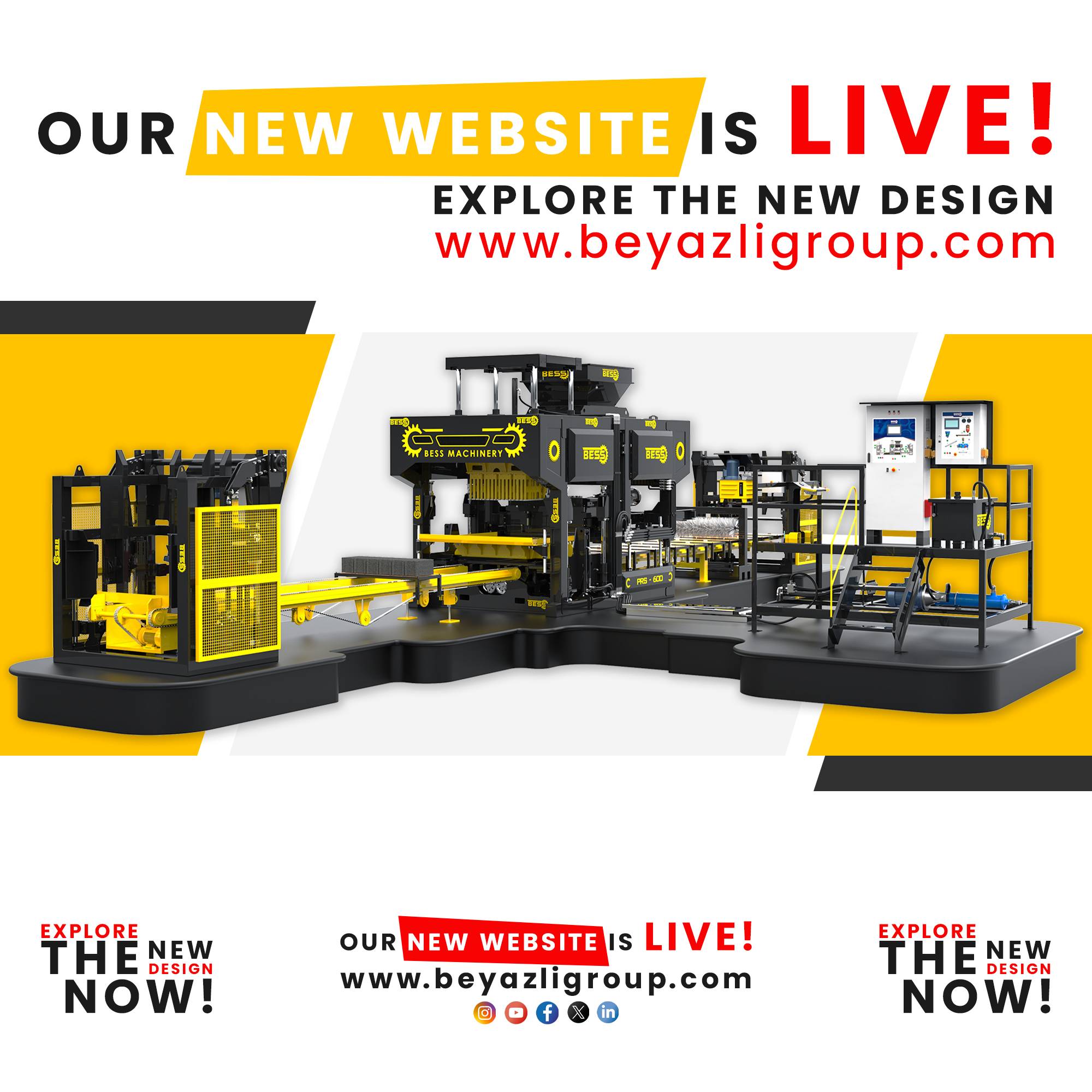To compare these various attachment methods—mechanical, thermal and adhesive bonding—it’s important to first consider the advantages and disadvantages of each. Certainly, each method has applications to which it is very well suited.
Mechanical fasteners were the first to emerge for the same reasons that they are still used widely today. They are intuitive to use and require little if any, cleaning or preparation on the parts being joined. Mechanical fasteners create strong joints immediately, many of which can be removed when needed. They also come with lower labor rates compared to other methods, such as thermal attachment (e.g., welding, soldering, and brazing).
However, mechanical fasteners have their limitations. Many require that the surface of one or more parts being joined be punctured. This penetration distorts the parts with a visible bond line and possible harm to painted surfaces. Distinct attachment points also concentrate on stresses that increase fatigue on the joint and may contribute to premature failure. And mechanical fasteners do not isolate dissimilar materials, which may lead to corrosion.

Thermal attachment offer advantages are similar to mechanical fasteners’. They promise a quick process without the need for clamping time or curing, and the raw materials are inexpensive. The wide acceptance of welding and soldering in the marketplace for decades has created a broad, common level of understanding for designers and manufacturers.
However, assemblies bonded thermally must use similar materials, and they often require relatively thick substrates (especially compared to those being joined with mechanical fasteners). The joints are strong, but they are also difficult to disassemble, rework, or repair. They can also create aesthetic concerns such as discoloration, distortion, or read-through. The cost of thermal attachment can be quite high and include the costs of skilled labor, energy, and safety (personal protective equipment, insurance, etc.).
Adhesive and tape bonding, the latest method of assembly to emerge, offers unique advantages to an assembly. It joins dissimilar materials, oftentimes with thinner substrates than are possible capable with mechanical or thermal attachment. The elimination of stress concentration also preserves the surface, improving aesthetics, preventing thermal degradation, and maintaining protective coatings. Adhesives also bond and seal joints simultaneously, potentially removing other process steps and damping vibrations in the final part.
The numerous advantages come at a price, often in the raw-material cost. Adhesives can also be relatively complex in terms of preparation, application, and curing, resulting in a lack of familiarity among engineers and standard specifications. Disassembly is also a challenge, especially in part testing where non-destructive testing is not widely accepted.
Many adhesives and tapes complement the advantages and disadvantages of mechanical and thermal attachment. PSA tapes or hot melt adhesives allow faster assembly than mechanical fasteners; strength can be found in toughened epoxies, exceeding the >20 MPa lap shear strength of welded joints.

Mechanical fasteners were the first to emerge for the same reasons that they are still used widely today. They are intuitive to use and require little if any, cleaning or preparation on the parts being joined. Mechanical fasteners create strong joints immediately, many of which can be removed when needed. They also come with lower labor rates compared to other methods, such as thermal attachment (e.g., welding, soldering, and brazing).
However, mechanical fasteners have their limitations. Many require that the surface of one or more parts being joined be punctured. This penetration distorts the parts with a visible bond line and possible harm to painted surfaces. Distinct attachment points also concentrate on stresses that increase fatigue on the joint and may contribute to premature failure. And mechanical fasteners do not isolate dissimilar materials, which may lead to corrosion.














